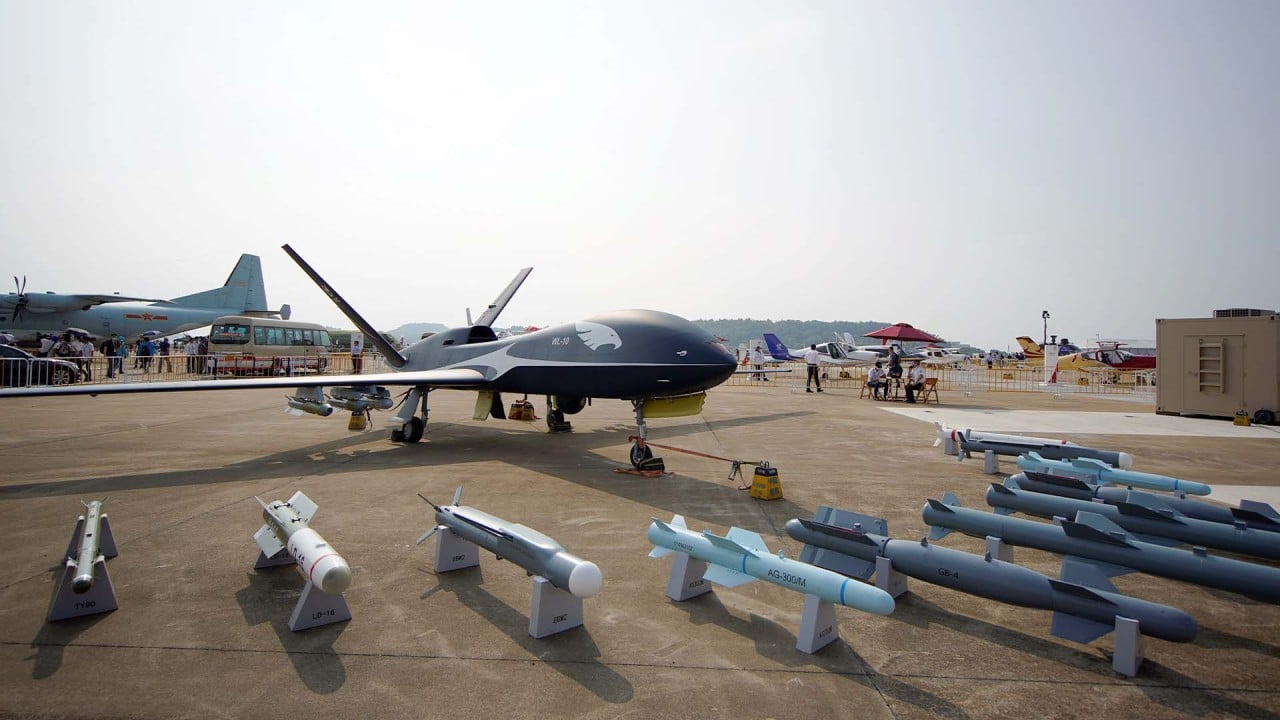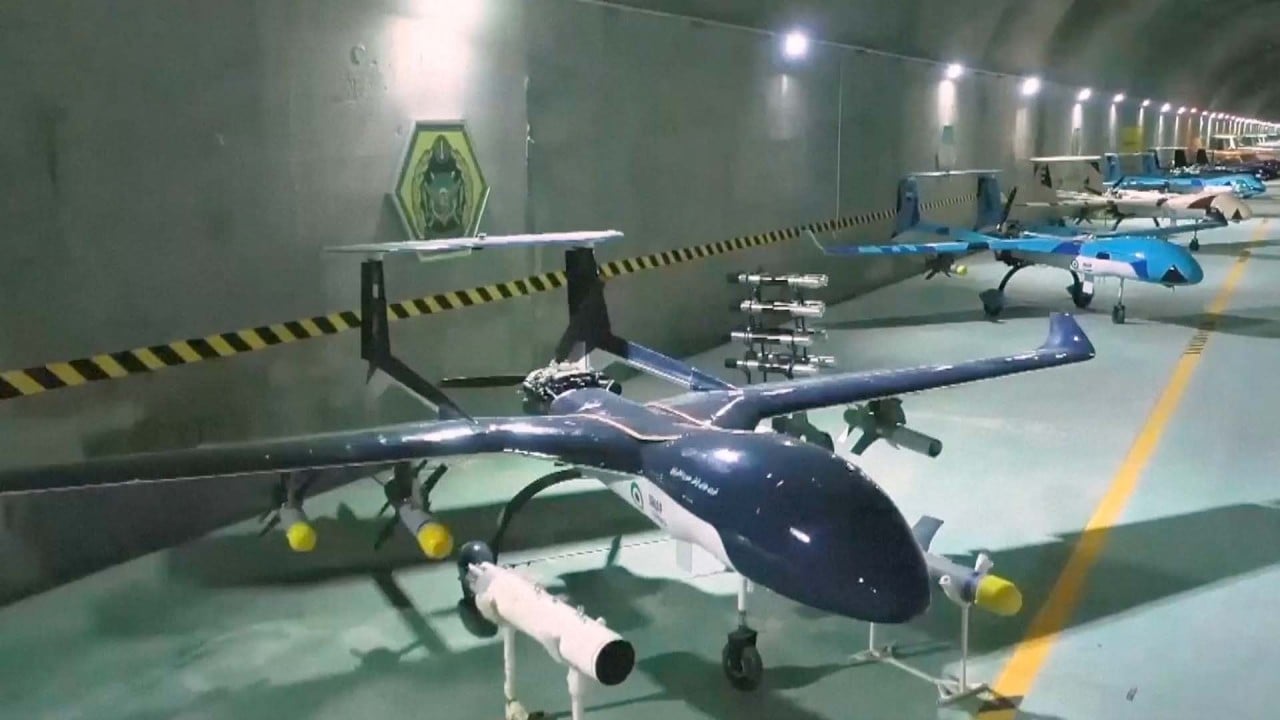
China spurred by Russia’s setbacks in Ukraine to develop smarter military drones
- PLA researchers say drones will use AI and publicly available photos from social media to identify, track or kill high ranking officials behind enemy lines
- The war has also drawn China’s attention to SpaceX’s Starlink: ‘The space internet has become a reality and changed the form of war’
“As an integrated platform for surveillance and combat, drones speed up the operation of the battlefield kill chain, making the progress of war faster and more flexible than ever,” they said.
Their high definition cameras will also capture dramatic scenes on the battlefield, such as the explosion of enemy tanks and collapse of buildings, to produce clips with the intention of going viral on the internet and swaying public sentiment.
“This conflict will definitely set off a chain reaction in the military and technological sector,” said Meng Fansong, associate professor with the college of information and communication at the National University of Defence Technology in Wuhan in a paper published in the domestic peer-reviewed journal Command Control and Simulation on Tuesday.
“The future war will be a clash between technologies and systems,” said Meng and his collaborators from the PLA Air Force Aviation University in Changchun, Jilin province.
Technical assessments of the Ukraine war by the Chinese military have mostly remained classified.
Meng’s team did not name any countries directly. In the paper they called Russia a “military power”, designated Ukraine as the “asymmetric side” because it had significantly weaker military capabilities and referred to the United States as the “third party”.
“In the early days of the conflict, when the warships from the two sides faced off, the third-party country dispatched manned reconnaissance aircraft, such as E-3A and E-8C, together with strategic drones, including RQ-4 Global Hawk and MQ-9A Reaper, to patrol over the sky in the war zone, providing target guidance for the asymmetric side’s fleet,” the researchers said.

The Chinese military scientists said they were surprised by the scale of Russia’s casualties.
Russian convoys came under repeated attacks by the slow, low-flying TB-2 drones that Ukraine had bought from Turkey, they said.
China and Russia have held joint military exercises and the Russian military has touted its drone and anti-drone technologies, according to Meng. But Russia’s advantage in drone warfare was not obvious, at least not in the early stages of the conflict.
The US was likely to have hacked into the Russian control system with quiet electronic warfare that caused several Russian suicide drones to veer off course, Meng’s team said in the paper, without giving the source of their information.
A valuable lesson China could learn from the war in Ukraine is that the sky might no longer be entirely controlled by manned fighter jets or bombers, the researchers said.
Although Russia has a much bigger air force, it could not prevent the Ukrainian military from launching drone attacks in the lower airspace, significantly damaging some high value targets on the ground.
And the Ukranian drones worked surprisingly well because they had AI support from the US.
“In this conflict, the military of the third party country has fed all battlefield intelligence and strikes targets into the algorithm. The artificial intelligence system determined the strike targets and prioritised them according to the degree of threat,” Meng said.
“Relying on the AI system and intelligence support of the third country, the military of the supported country could calculate and predict in advance the departure time, location, destination and escort forces of the opponent’s logistics convey, and then send the TB-2 drone to carry out precise strikes,” he added.
But many military experts believed the PLA was closely monitoring the war in Ukraine to find weaknesses in a potential US intervention over Taiwan.
Meng said US military drones had to work closely with human-controlled platforms, such as early warning aircraft, to achieve optimal performance. China’s countermeasures could target this chain of collaboration.
“The asymmetric side has used Starlink to direct drones for reconnaissance and deadly strikes against the armoured forces of the military power,” Meng’s team said.
“The space internet has become a reality and changed the form of war. It is necessary to implement some strategic pre-emptive measures.”




